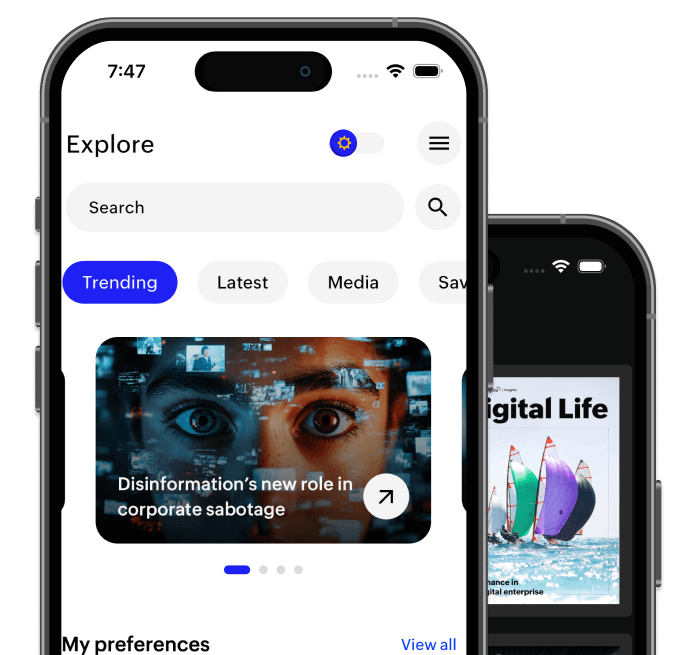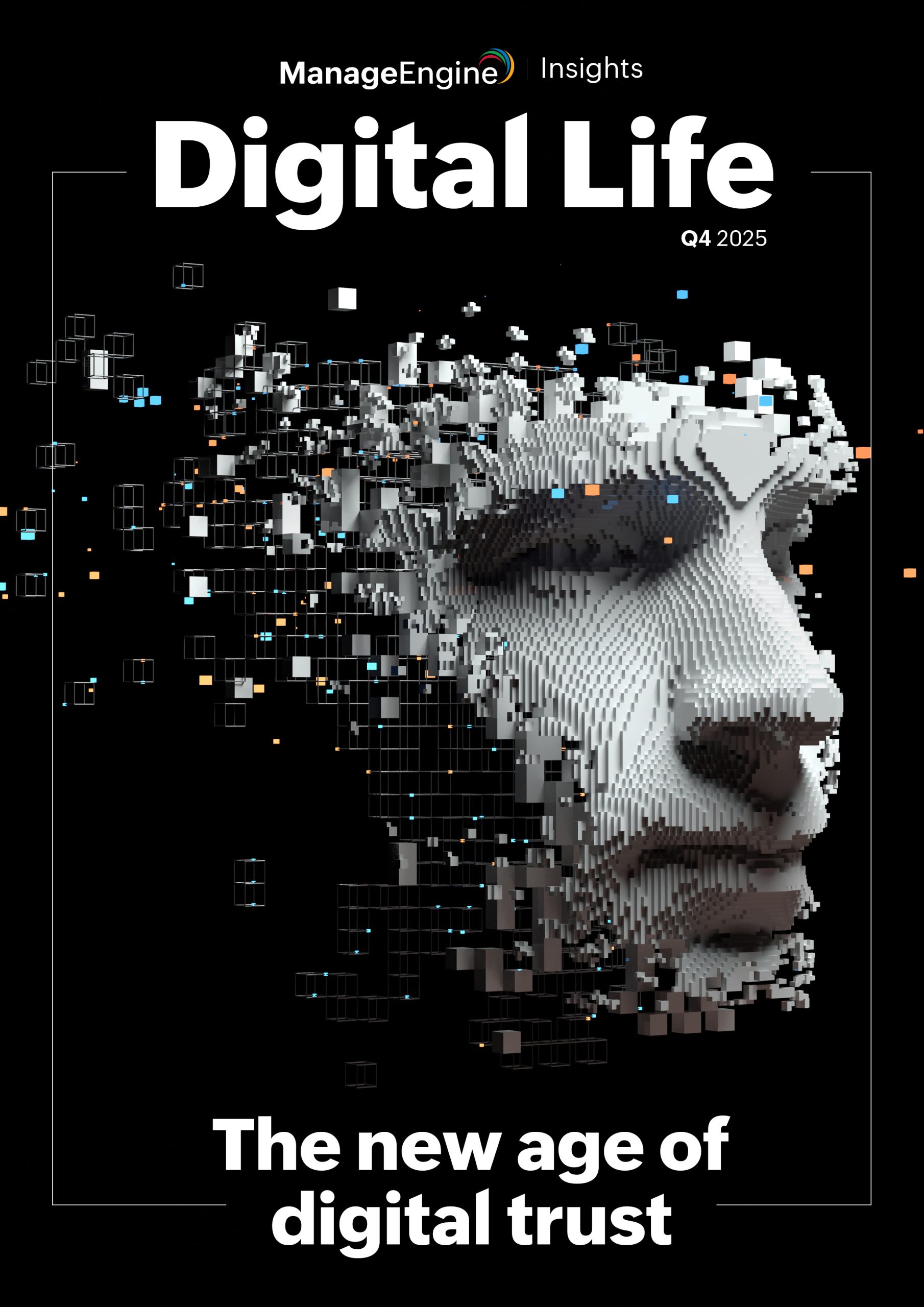It was a year ago that the terms “lockdown,” “social distancing,” “the new normal,” and “work from home” became permanent fixtures in our vocabulary. Back then, we were naive enough to think that we’d soon return to our normal lives. Cut to 2021, and these terms are still a huge part of our lives, and the entire world around us seems to have undergone a paradigm shift.
One of the lasting effects of the COVID-19 pandemic has been the change in how we perceive work and workspaces. If 2020 was the year of remote offices, 2021 will see the dawn of hybrid workplaces. Though remote work has not been a bed of roses, it’d be foolish to ignore its many benefits. So what happens now that the pandemic appears to be more controlled and vaccines are being rolled out? Do we return to our pre-COVID routines, or do we retain some semblance of remote work? Do employees even want to go back to their offices?
The answer lies in a hybrid work model. As businesses cautiously reopen, many are considering implementing a hybrid workplace model, which is essentially a mixture of at-office and remote workers. A hybrid workplace brings together the best of both worlds, combining the benefits of remote work while giving employees the option to go to the office for tasks or projects that require in-person collaboration. A recent Gartner survey found that 82 percent of business leaders plan to allow employees to work remotely some of the time.
It’s worth noting that it’s not employees alone who stand to benefit from such a model. The hybrid model will bring many advantages to the table, from lower office costs to access to a larger talent pool.
However, one question looms large. Will a hybrid workplace affect productivity? It’s one thing when the entire organization is working from the office or working remotely, but what happens when half of your employees are at the office and the other half is working from home? How can business leaders create this new workplace that ensures both employees and employers are happy?
A remote-first mindset
To ensure the success of a hybrid workplace model, businesses need to understand that a hybrid model goes beyond a mere change in where people work. It is a shift in how people work, how this work is perceived, and how it is managed. There is a difference between supporting remote work and adopting a remote-first approach. Policies that merely support remote work allow employees to work from home, but the entire workplace ecosystem is ideally designed to benefit at-office workers.
A remote-first approach, on the other hand, actively recognizes and addresses the needs of both remote workers and those who work from the office. This might mean different things for different organizations. For starters, business leaders will need to have an acute understanding of which tasks can be performed remotely and which need to be performed on-site. This needs to be accompanied by policies, processes, and tools that promote parity between the employees working from the office and those working from home.
Digital quotient meets social quotient
The “new normal” isn’t so new anymore, and reviving the old normal won’t be prudent. Businesses need to identify what the next normal is and how they can adapt to it. The hybrid workplaces of the future will rely upon two factors: technology integration and employee engagement initiatives. As the work environment becomes more fluid, organizations will need to focus on the employee experience. Such an approach will need to take both the digital and social requirements of employees into consideration.
There are primarily four factors that define a hybrid workplace’s preparedness from a digital perspective: collaboration, network stability, security, and cloud readiness. Ensuring a secure business environment has been a top priority for organizations since remote work began; however, with a hybrid model, security risks are heightened as employees keep switching between home and office. Organizations will thus need to harness the power of technology to provide a secure, productive environment.
From a social perspective, the workforce will need leaders with empathy. As the adoption of hybrid workplaces grows, organizations’ leadership will need to have open conversations with all employees, not just their immediate reports. They will have to check in with their teams frequently, and empathizing with employees’ personal situations will be more critical than ever. To emerge successful in a post-pandemic world, businesses will need to prioritize human connections and promote a sense of belonging. With burnout running rampant, adopting empathy as a key management attribute will not only create a more engaged and satisfied workforce but will also significantly reduce the employee attrition rate.











